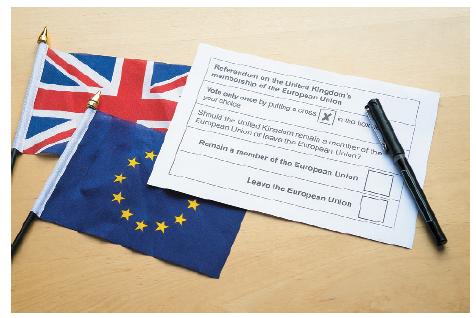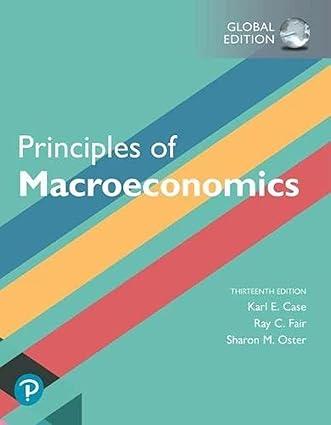When gauging consumer expectations, economists divide consumers by income, gender, and age group. With regard to the
Question:
When gauging consumer expectations, economists divide consumers by income, gender, and age group. With regard to the Brexit referendum of June 23, 2016, where the United Kingdom voted to leave the European Union (EU), several national consumer expectations surveys were conducted by renowned research institutions.
Right before Brexit, a joint study by the research teams of Opinium Research, London School of Economics, and Lansons, revealed that consumers aged 18–24 years expected a decline in their annual income by £155 in the case of Brexit, while consumers above the age of 65 expected their yearly income to decline by only £6. If the United Kingdom remained with the EU, the former consumer group expected a £9 improvement in annual income, while the latter expected a deterioration of £239. However, a vote to remain had higher future expectations of increased expenditure due to more likelihood of buying or replacing vehicles, household items, consumer durables, entertainment, and electronic goods. This was basically attributed to the uncertainty of employment and labor mobility prospects as well as scepticism regarding the future resilience of the British economy without the common European market.
Post Brexit, however, a research paper by Deloitte reports that the majority of respondents anticipate no change in their personal wages and prices as a direct result of Brexit. This report explains that in spite of the negative business expectations and pessimistic media coverage, consumers were not too weary of Brexit. In fact, Brexit ranked sixth as a consumer concern, after the National Health Service, the health of the British economy, the state of the environment, inflation, and retirement plans. Why do the two reports give different results? Are they flawed? Not necessarily. The results could have changed as the consumers’ trust in their government increased with the fiscal and monetary interventions after the Brexit. In addition, the questions of each survey were posed in different ways. While the former report focused merely on financial and economic aspects, the second report took an overall view of the social and economic impact of Brexit. The Deloitte research paper included many noneconomic factors, such as the opposition to emigration and free mobility of labor within the EU, all of which were deemed as factors that could pose threats to the British workforce. This means that consumers surveyed looked at the overall picture and that any real effects are yet to be felt by individual consumers.

Questions
Right after Brexit, the Bank of England reduced interest rates. How could this have contributed to consumer expectations and behavior for each of the two surveys?
Step by Step Answer:

Principles Of Macroeconomics
ISBN: 9781292303826
13th Global Edition
Authors: Karl E. Case,Ray C. Fair , Sharon E. Oster





